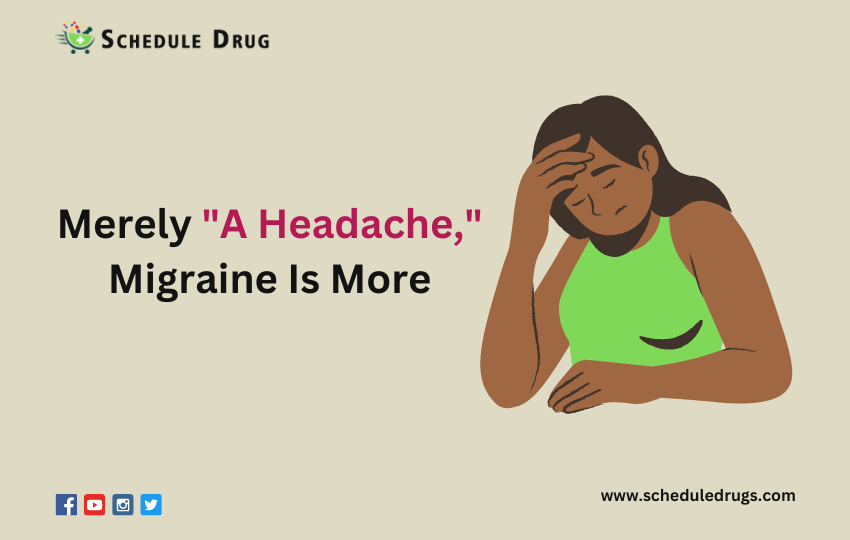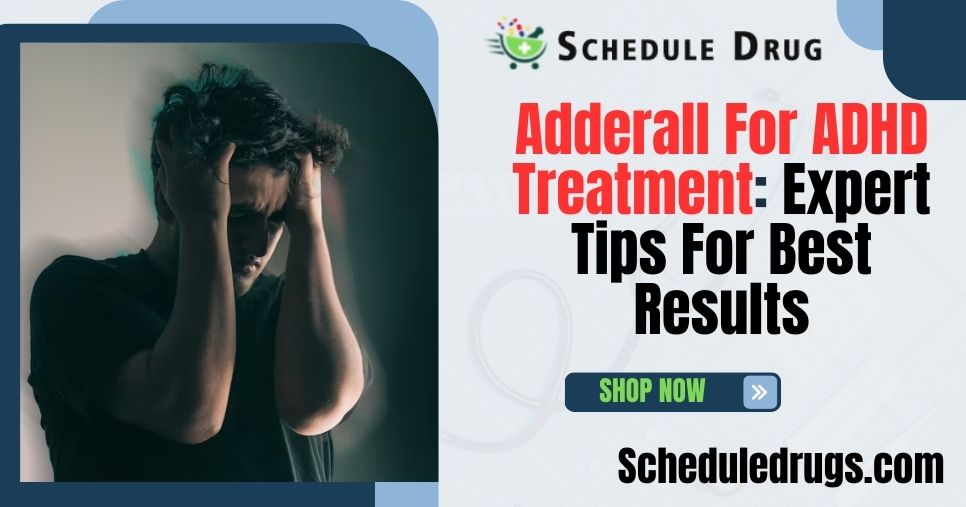Migraine: More Than “Just a Headache”
Migraine is severe and extreme pain in the head that often comes with vomiting, nausea, and sensitivity to light. It is a neurological condition that can last for hours to days. Migraine can affect individuals in different forms, and the symptoms, severity, triggers, and frequency may vary.
According to a 2018 study, more than 15 percent of adults in the United States have experienced such an episode or a severe migraine headache within the last three months. Females are twice more likely to have migraine.
How Do You Know If You Have Migraine?
Migraine symptoms may start one to two days before the headache, known as the prodrome stage. Here are some of the symptoms during the headache that confirms that it is not just a headache but a migraine.
- depression
- food cravings
- frequent yawning
- fatigue or low energy
- irritability
- hyperactivity
- neck stiffness
In migraine with aura, the aura takes place after the prodrome syndrome. You may experience issues with your vision, movement, and sensation in this condition. Examples of these problems may include difficulty speaking clearly, temporarily losing your sight, seeing shapes, bright spots, or light flashes, feeling a tingling or prickling sensation in your face, legs, or arms.
What Causes and Triggers Migraines?
Experts believe that migraine episodes may root from alterations in the brain that affect how nerves communicate, blood vessels, and the balance of chemicals. Genetic features may also be held responsible such as having a family of this medical condition is a common risk factor.
Migraine triggers vary from individual to individual, and they commonly include:
- changes in hormones, such as those related to menstruation
- dietary factors, including caffeine, alcohol, nuts, chocolate, citrus fruits, cheese, and food items containing the addictive tyramine and monosodium glutamate (MSG)
- emotional triggers, such as stress, anxiety, depression, and excitement
- specific medications, such as sleeping pills, some birth control pills, and hormone replacement therapy (HRT)
- environmental factors such as strong smells, flickering screens, loud noises, secondhand smoke, humidity, temperature changes, stuffy rooms, and bright lights
Other possible triggers include lack of sleep, tiredness, poor posture, shoulder and neck tension, low blood sugar, physical overexertion, jet lag, low blood sugar level, dehydration, and irregular mealtimes. Avoiding such triggers, when possible, may prove helpful in reducing the frequency of migraine episodes.
Migraine Types
There are several types of migraine, but two of the most common among them are migraine with aura and migraine without aura. Some individuals experience both the common types of migraines. Usually, people living with migraine have more than one type of migraine.
Migraine with Aura
An aura usually strikes in 25 percent of individuals who have migraine. If you have this type of migraine, you are most likely to experience at least two attacks that have the following characteristics:
- an aura that vanishes over time is entirely reversible and consists of at least one of these symptoms:
- sensory issues of the body, tongue, or face, including numbness, dizziness, or tingling
- visual problems (most common aura symptom)
- speech or language problems
- inability to move correctly or weakness, which may last for about 72 hours
- brainstem symptoms, which includes:
- vertigo (a spinning feeling)
- difficulty talking or dysarthria (unclear speech)
- diplopia (double vision)
- tinnitus or ringing in the ears
- ataxia or an inability to have control over the body movements
- diplopia (double vision)
- eye problems limited to only one eye, including blind spots, flashes of light, or temporary blindness (occurrence of these symptoms are known as retinal migraines and may result in ocular migraines)
- an aura that has at least two of the following traits:
- any aura symptom spreads gradually over five or more minutes
- at least one aura symptom only on one side of the head, including speech, vision, or language problems
- each aura symptom lasting between five minutes and one hour (if you have three signs, they are likely to last for up to 3 hours)
- aura occurring with the attack or an hour before the episode begins
- the reason for the attack is not any other medical problem; transient ischemic attack is excluded as a cause
An aura usually strikes an individual before the headache pain begins, but it can continue until the attack. Alternatively, an atmosphere may start at the same time as the attack.
Migraine Without Aura
Most individuals with migraine do not experience aura with their headaches. Such people have had at least five attacks that are likely to have these characteristics:
- the attack usually lasts for 4 to 72 hours without any treatment, or if the treatment does not work
- attack has at least two of the following traits:
- pain is throbbing or pulsating
- it is unilateral, which means that it will occur only on one side of the head
- the level of pain ranges from moderate to severe
- the pain is likely to worsen when you move, like while walking or climbing stairs
- the attack must have at least of these traits:
- it makes you photophobic, which means you become sensitive to light
- it makes you phonophobia, which means you become susceptible to sound
- you have nausea with or without diarrhea or vomiting
- attack is not caused due to another health problem or diagnosis
Chronic Migraine
Chronic migraine is also known as a “combination” or “mixed” because it can contain features of a tension headache and migraine. Sometimes, experts also refer to it as a severe migraine headache resulting from medication overuse.
People who have this neurological condition have a migraine attack or severe tension headache more than 15 days a month for three or more months. Usually, more than eight of those attacks occur with or without aura.
Other risk factors that may make a person susceptible to chronic migraine include anxiety, depression, other severe health problems (comorbidities), like high blood pressure, chronic pain (such as arthritis), or previous head or neck injuries.
Acute Migraine
Acute migraine is a general term used by practitioners for a migraine attack that is not diagnosed as chronic. Another name is episodic migraine. Individuals with episodic migraine have fewer attacks a month than people with regular ones experience. Such people face attacks up to almost half the time in a month.
How to Prevent Migraine?
If you have already been diagnosed with this neurological condition, all you can do is prevent a migraine attack by using some effective measures. But remember that these methods may work better for you than others or vice versa.
- Avoid skipping meals
- Learn the food items, smells, and situations that trigger your migraine attacks and try avoiding them when possible
- Keep yourself hydrated as dehydration can result in both dizziness and headaches.
- Quit smoking
- Focus on quality sleep as it can help maintain overall health
- Invest time and energy in learning relaxation skills
- Take steps to reduce stress in your life
- Exercise regularly because it is a way of lowering stress levels in your body
Is It Possible to Treat Migraines?
Migraine treatment is not possible, but your medical healthcare professional may help you manage migraine headaches or attacks by offering you tools that can treat symptoms. It can also aid in making migraines less severe.
This neurological condition can cause multiple symptoms while intense, debilitating headaches characterize it; additional signs may include vomiting, nausea, numbness or tingling, difficulty speaking, or sensitivity to light and sound.
Migraine often runs in families and can affect individuals of all ages, and women are more likely to develop migraines than males. Migraine medications are less likely to help you deal with this condition, but you may take them after proper consultation with the medical healthcare professional.
Role of Meditation and Mindfulness
Mediation may obstruct the nervous system part responsible for stress. Several factors such as stress, anxiety, tension, and tension can trigger or aggravate frequent migraine attacks.
Mind-body techniques such as meditation and mindfulness may relieve extreme headaches by alleviating underlying stress. Mindfulness can potentially strengthen cognitive and emotional control of pain by training individuals with migraine to reassess their pain nonjudgmentally and modify pain evaluation.



